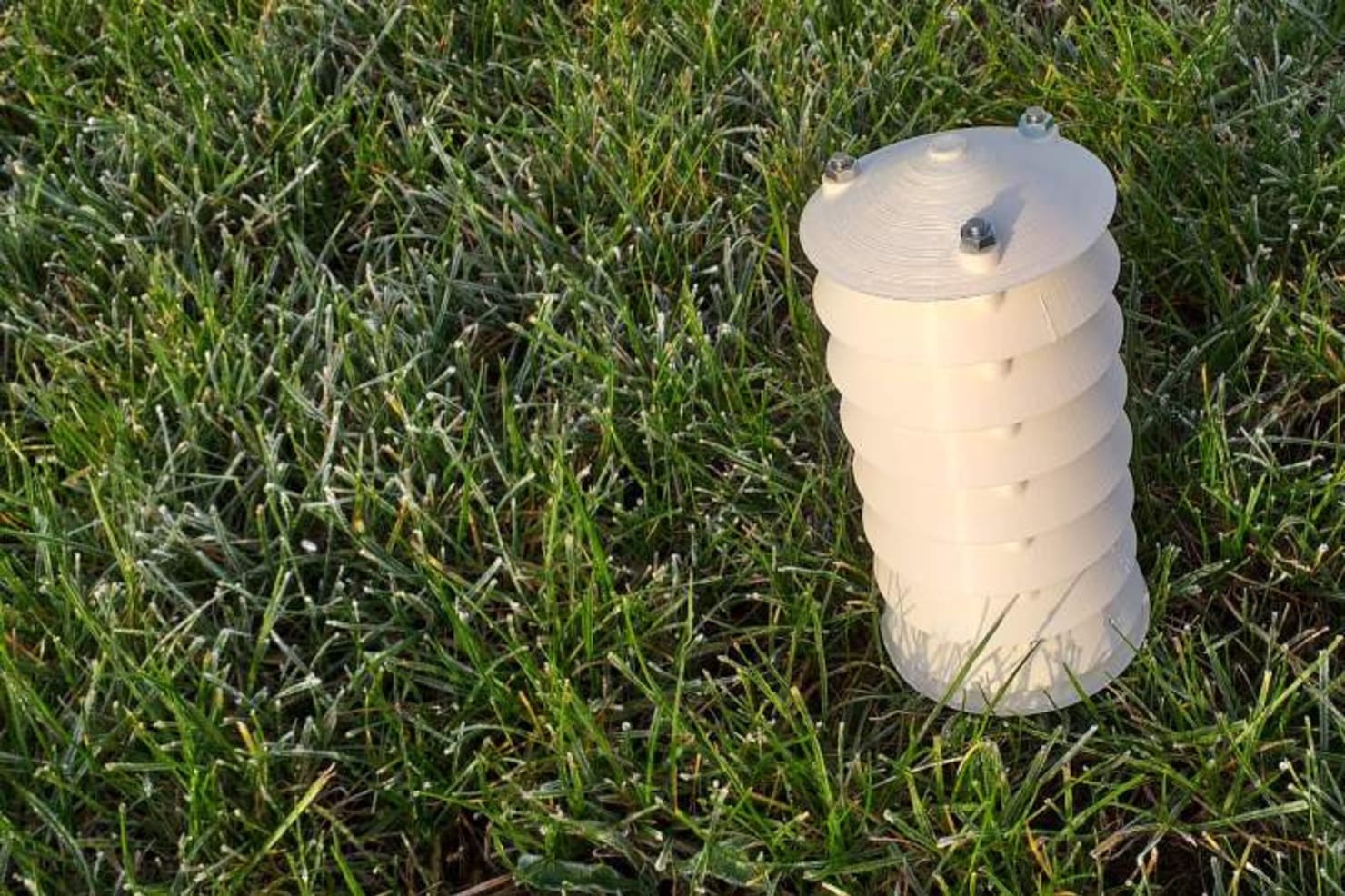Luc Hanneuse¶
Instructor, Luc Hanneuse, graduated 2019 FabAcademy documentation
About me¶
![]()
Hello, I’m Luc Hanneuse. I’m FabManager at AgriLab in Beauvais France. I began as FabManager in 2012 in FabLab.iMAL in Brussels, a FabLab more focus on digital Art. I’ve studied physics at ULB (Brussels), then I studied Sound/Audio Engineering at IAD (Louvain-La-Neuve), then I studied to become a director specialised in Sound at INSAS (Brussels). For the last years I worked for Musiq3, the Belgian classical Radio. Then I was hired by La Monnaie, Brussels’s Opera.
For all those jobs, I had to do R&D for new processes and technologies. I began as a maker around 16 years old. A that time there was not known makerspace fablab or hackerspace near my places. I read a lot about those movements and end of 2011 open the first French-speaking FabLab in Belgium , located in Brussels: iMAL (interactive Media Art Laboratory). I was part of it since the beginning. I learn and share a bit of my knowledge and after less than a month, I was hired to give several workshops and was involved in the decision of the fablab and became FabManager. I mixed all my knowledge either in my professional activities and in the fablab world. So I created many prototypes to improve my recordings, to test new techniques, to make accessories for microphones, or to explore new way to listen or interact with sound. I also discover the world of “digital art” and began to create some contemporary art mixing all those. I received several grants and was nominated for some of my projects. As my different jobs related to Art were dependent on public funds, I can’t rely on them for my future. I decided, to create the conditions to be engaged full time as FabManager.
I helped to launch the CASTII project in Brussels, CASTII Center for Art Science Technology Innovation and Inclusion, and in 2016 I was working full time for iMAL and the FabLab.iMAL . I designed the plan for the renovation of the iMAL center, designed the new fablab, select the most appropriate equipment, initiate an inclusion program, choose, engaged, and formed several of my colleagues and work on a program to involve the poor population of Molenbeek in the FabLab. I helped to create the FabLab’Ke a second FabLab in Molenbeek, designed for children and young people, with a program to involve the population of Molenbeek. (Just type “Molenbeek” in Google search, if it doesn’t ring a bell)
I helped to emulate the Brussels community, exchange ideas and project with other FabLab in all Europe. I’ve been invited and accepted to be the spokesman for the French-speaking part of the FabFoundation BeNeLux. I helped to launch the program FabLab Mobile Brussel, a collaboration between most of the fablab/hackerspace/makerspace (many one) in Brussels to create, install, move and make workshops for several mobile fablab in all Brussels schools for children. It was a difficult task, there are 2 official languages, 2 school system, several univisersities, independent FabLab, public funded fablab, fablabs that look at each other as a competitor, Fablabs with different longevity, level of expertise,… We had to design and build a fablab that moves on cargo Bicycles. To create the content of the workshops compatible with the different school system for different class level. The FabLab Mobile Brussels finish end 2019.
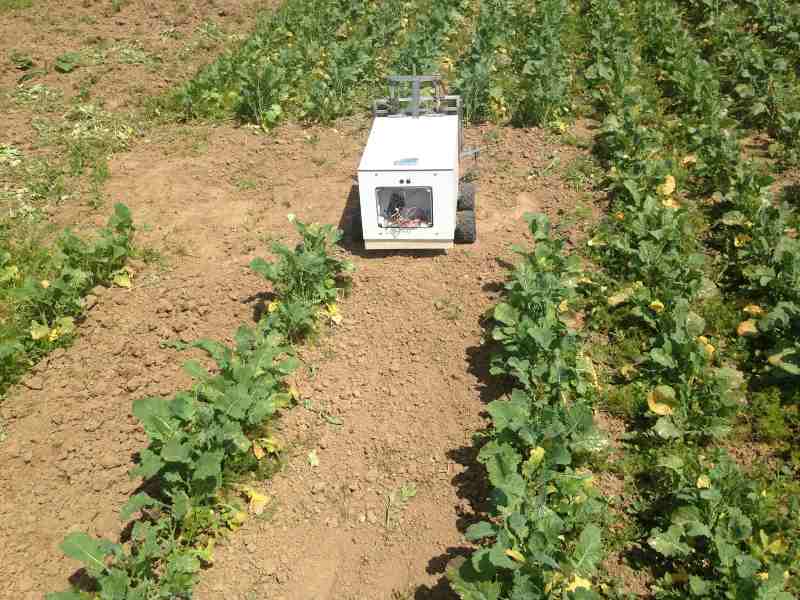
In May 2018, I decided to move and help to launch AgriLab in Beauvais, France. A FabLab focus on Agriculture. Since November 2018, it’s open to the public. There I worked on IOT projects, robots and drones for agriculture. That’s a wide area to cover: IOT with SMT electronics to heavy metal soldering on a tractor size. In parallel, I’ll continue to work on personal artistic projects.
My background¶
I was born in a city called Brussels, Belgium, in 1983. Then I move a lot, I’ve lived in the countryside, in a small city then in Brussels (an International city).
I’ve always been a technology and Art enthusiast.
Some unusual consideration:
..* I’m some kind of sociology error, my mother was a university teacher in History and my father was a worker in a factory and built refractory brick. It has influenced my point of view, I’ve always been aware of the two extremes models : a bourgeois multilingual highly educated environment and a poor uneducated environment without any future.
..* I was educated without television that gives me a lot of time for hobbies.
Previous work¶
BioBôBar¶
One of my latest work, as an independent artist was BioBôBar , it’s a wordplay on Bio (organic in French), Bô (nice), BoBard (some kind of lie), and Bar (the place and the object). The bar was installed and animated for 6 months in a digital art museum in Reims (France). Melissa Ghiette and I designed and build all the components. More information on BioBôBar website and some picture of the construction and installation on BioBôBar facebook page .
The BioBobar is composed of furniture for a Bar : tables are designed from a tetrahedron with LED in the edges. The LEDs are controlled by wifi. Each table communicate and interact. On the Bar, a custom-made laser cutter (based on a blue LED), where participants are invited to engrave their plate, with either a LaserWeb interface (where they can fully customise their model) or more simply by pressing a button with a bunch of pre-recorded g-code. Another part is a sound installation I built, it’s a synthesizer of the vocal system of birds. 16 potentiometer play on several parameters that are related. The BioBôBar was used as an actual Bar, but also hosted Makers activities for children. The BioBôBar is temporary host in AgriLab.
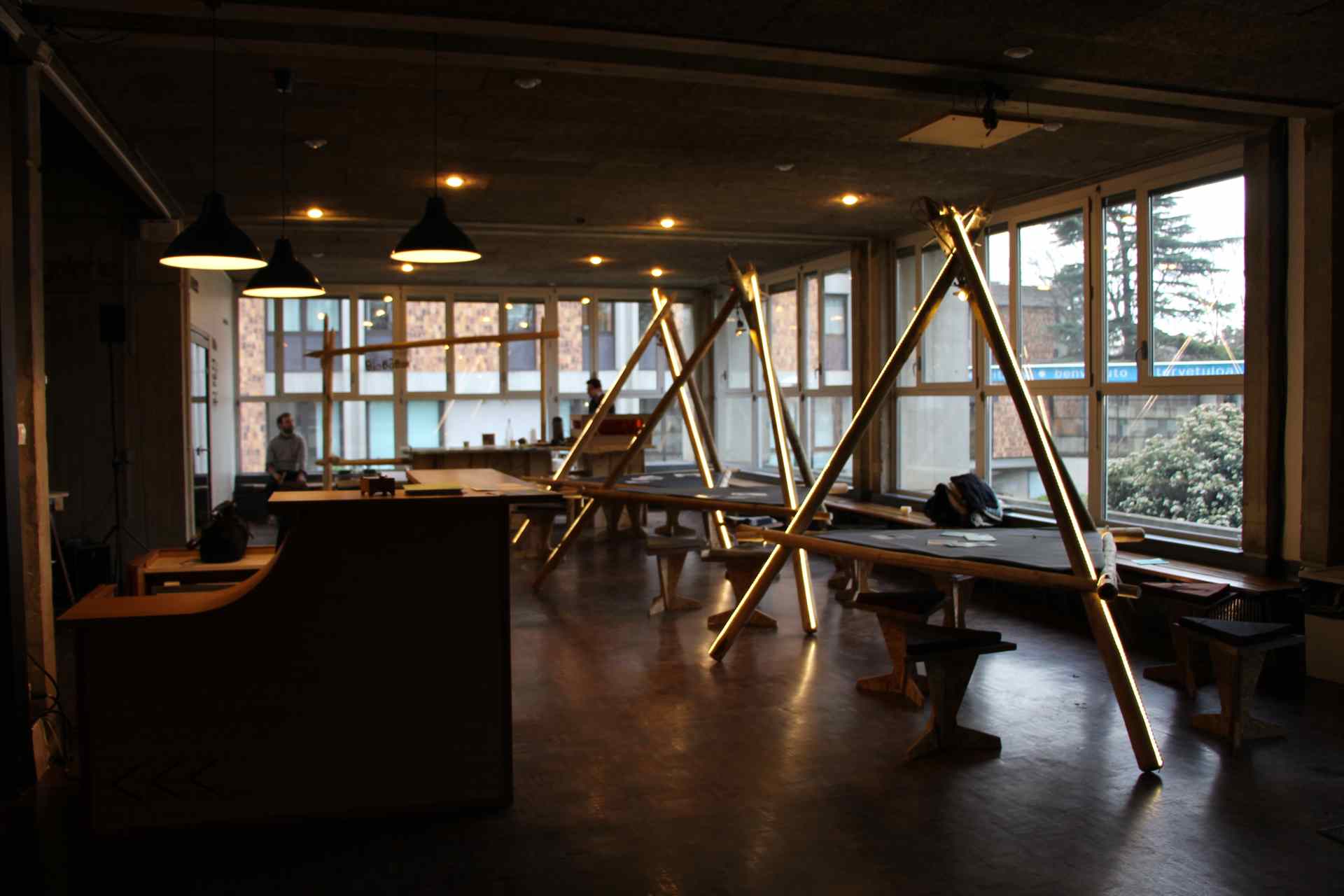

The sound installation.
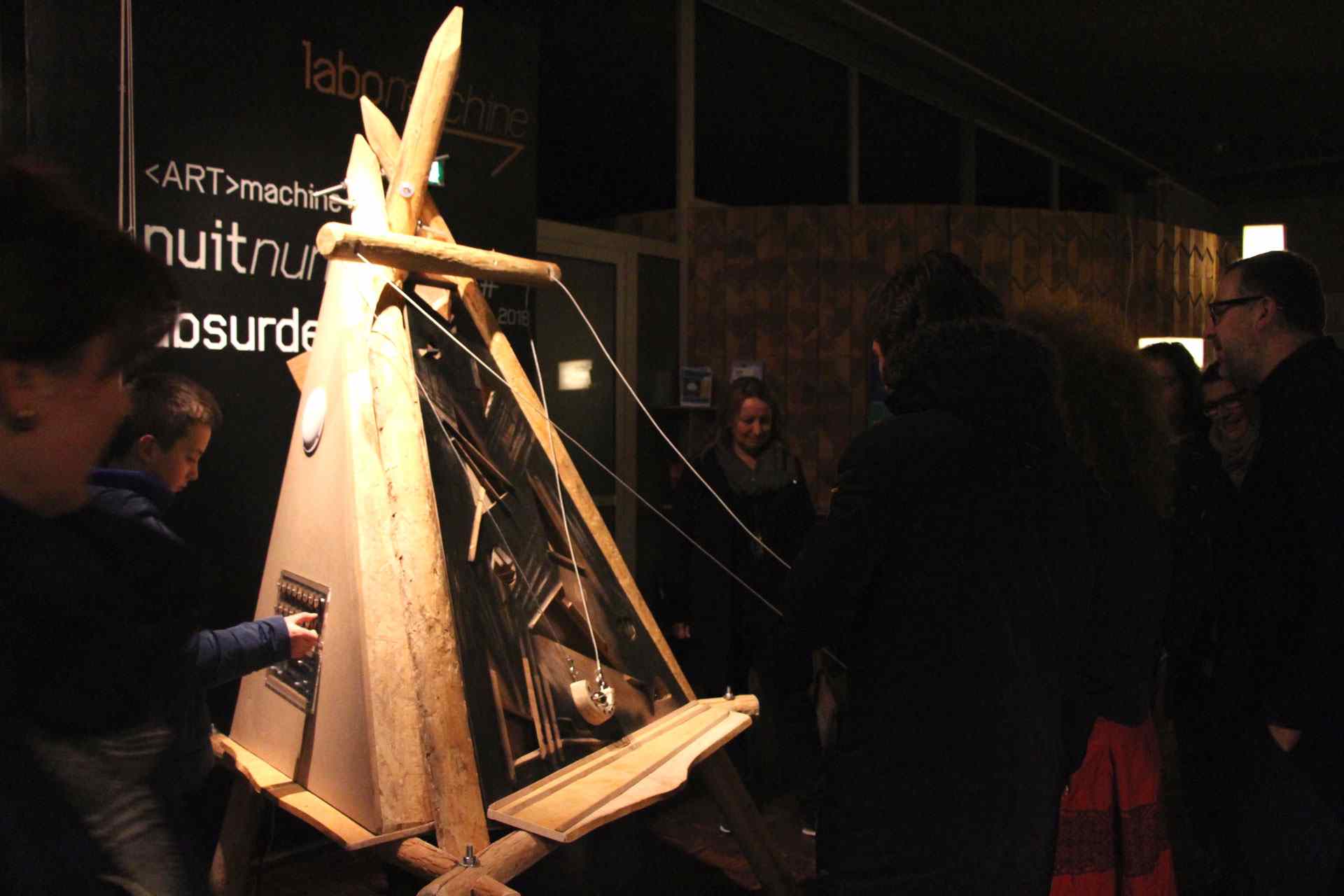
Plate engraved by the laser cutter I made.

My previous FabLab in the artistic field¶
Many projects that I made or tutorial I write are hosted on the wiki : My wiki at FabLab.iMAL
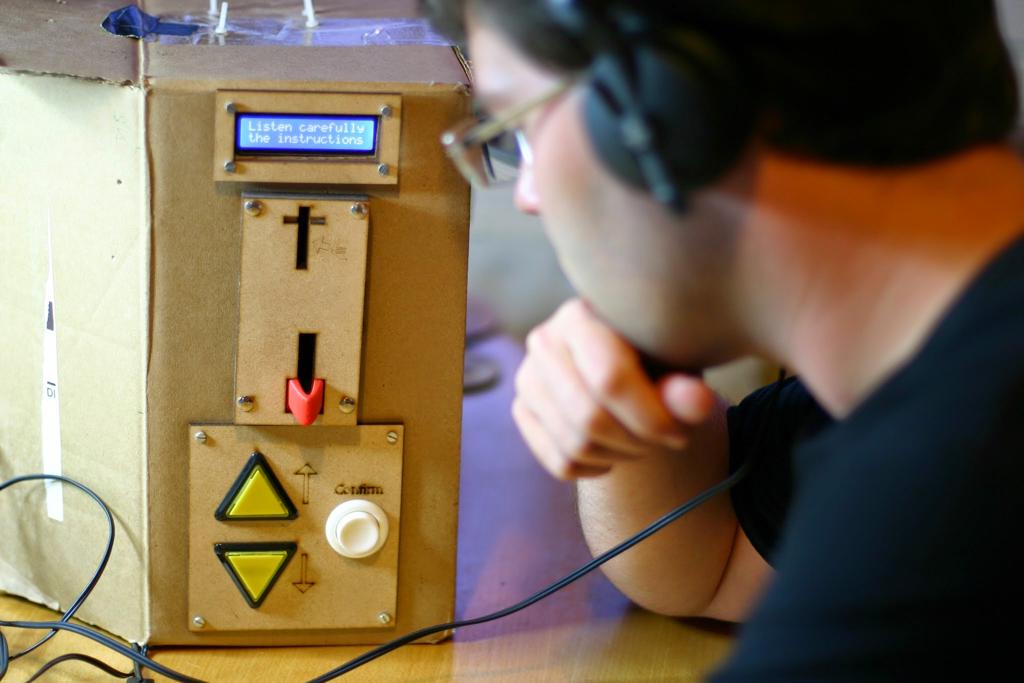 Just to point one of them, the Prieromatic (translated as Virtual Sinner) is some kind of mockery of the Catholic system of indulgence, it’s a device where you insert coins (the value of the coin is detected) and then in a menu, you can select with button the kind of sin you want to be absolved. You put a headphone that tells you all the mystic talk in a funny way. It was associated with light effects, and for an event called the Yami-ichi (Internet Black Market in Japanese) .
Just to point one of them, the Prieromatic (translated as Virtual Sinner) is some kind of mockery of the Catholic system of indulgence, it’s a device where you insert coins (the value of the coin is detected) and then in a menu, you can select with button the kind of sin you want to be absolved. You put a headphone that tells you all the mystic talk in a funny way. It was associated with light effects, and for an event called the Yami-ichi (Internet Black Market in Japanese) .
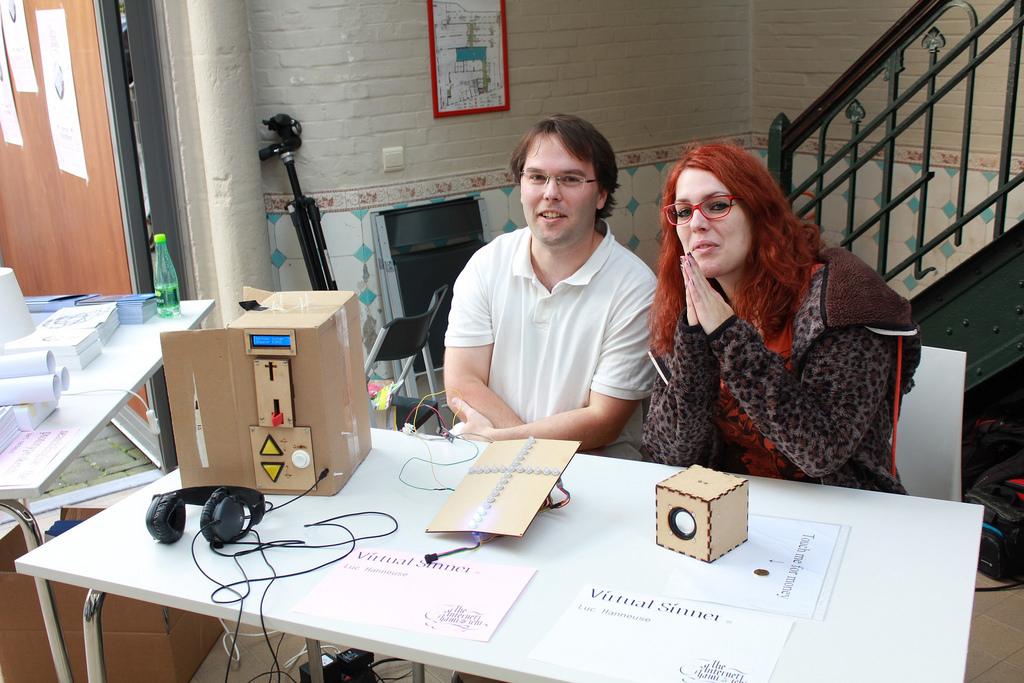
FabLab workshop¶
To point a particular workshop I helped to lead. It was with the artist LIA. The participants learned to write an algorithm that generates raw Gcode with the idea of using 3d printer in unconventional ways The article I write for Makery
I lead many workshops mostly on arduino, physical computing, …
Sound engineer¶
I made many recordings or create sound for the opera and the Belgian classical music radio, but that’s not really the subject here.
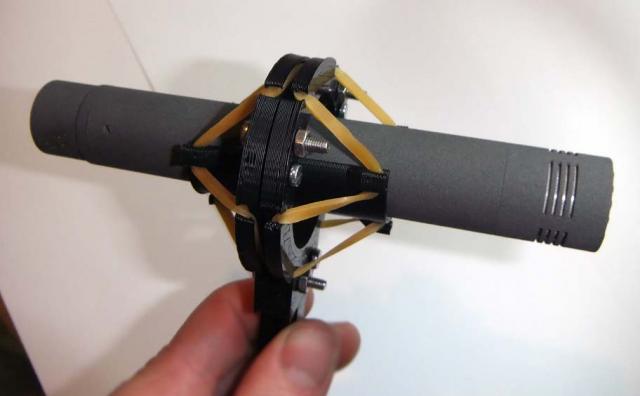
As a sound engineer, I built many accessories and I don’t have the right to display all of them. So I’ll point just one of my big projects, the MultiMicroBot. It was the big version of a robotised system that moves 2 microphones to be able to set up all the stereophonic microphone system. You can precisely adjust the angle on 2 rotational axis, the spacing and positions of each microphone.
In the video, it was to record an organ. It’s difficult to record, because it’s a huge instrument with a really high height and you have to find the perfect position and the perfect angle. As it is really high, you normally have to put down the microphone stand and change the angle then place again the stand in place. So it’s almost impossible to find in a precise way the best position. With this system, you can control all the parameters.
The same for the orchestra. You have about 80 musicians on stage and you don’t have room to move between them to make all the adjustment you’d like. During the rehearsal, time cost a lot of money (you have to pay all the musicians, the conductor,…). With this system you can adjust parameters in a precise way and be directly listening to the result. The system makes sound and vibration, it’s not designed to be moved during the recording.
Then I built simplified and more compact version for other applications. The following link illustrated one version with the idea of testing the limitations of different 3d printers
Agriculture¶
Agriculture is a challenging subject. Many peopels have a non realisitic point of view on Agriculture. You can not build a community food process like you grow a basilic plant in your appartment.
Many technical challenges :
Build stuff that resists harsh condition : Humidity, Sun, Wind, Dust, Mud, Snow.
Network coverage : electricity and wireless network are non trivial questions.
Living creature : you can not do projects or tests without respecting life for animal or plants.
Bpex, a box designed for outside sensors. Adapted to agriculture, it protects against rain but allow electronics to measure humidity, temp, gas… Designed with openscad to be 3D printable and fully parametric : size, thread size, angle… BPEX is for Boitier Parametrique Extérieur. Bpex doc
